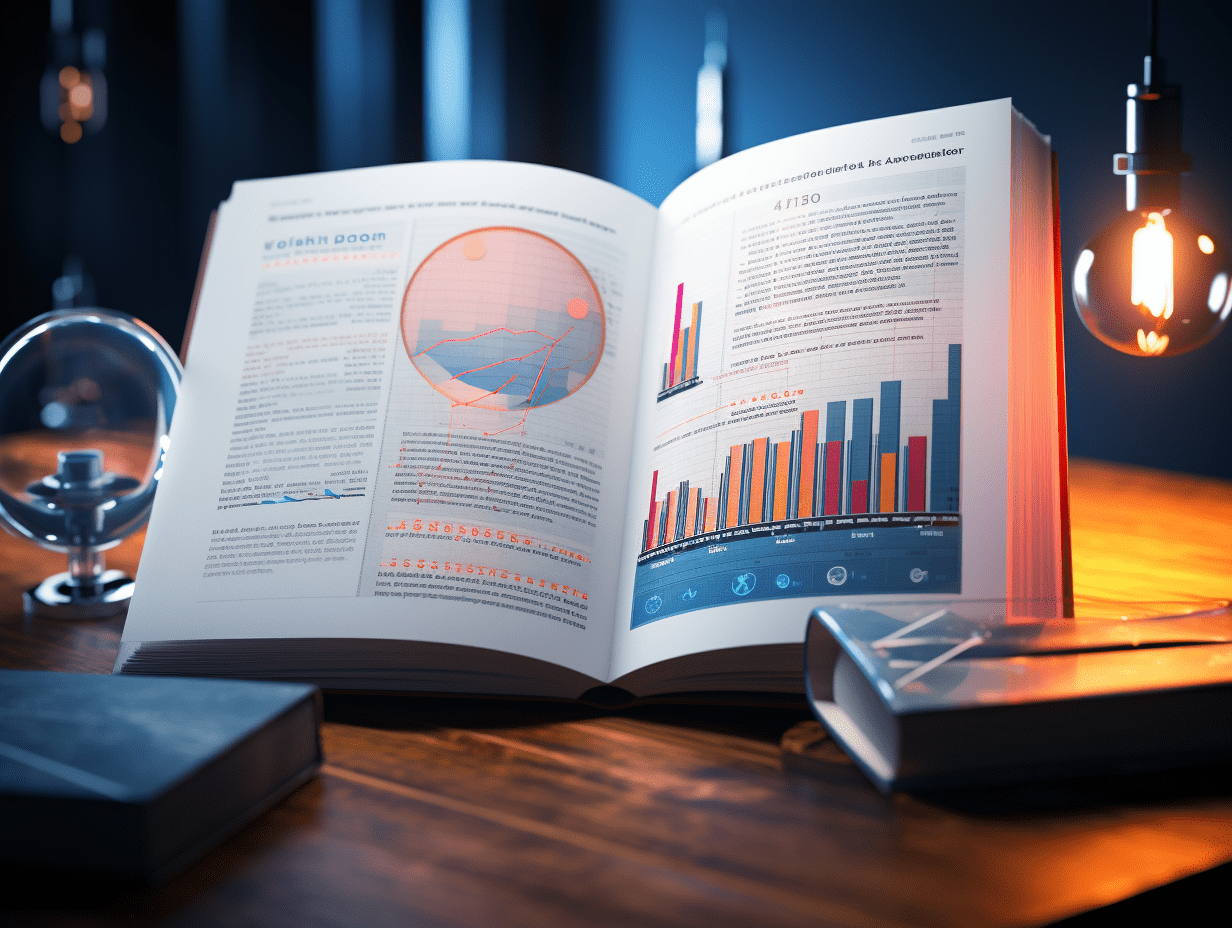Industrial: How many steps are there from tariffs to inflation in the new Trump administration policy?
In the long term, radical tariffs will exacerbate the internal contradictions of the Trump framework, and tariff design may consider differentiation.
Industrial released a research report stating that Trump 2.0's policy combination with debt resolution as the core idea, including boosting the economy, monetary easing, and the reshoring of manufacturing, actually has contradictions in the implementation paths of different policies. In the long term, aggressive tariffs will exacerbate the inherent contradictions in Trump's framework, and tariff design may need to consider differentiation. If comprehensive tariffs focus on trade protection at the expense of tax revenue and inflation, then Trump's goals of reducing the deficit and stabilizing prices will be obstructed. Additionally, trade protection leading to a limited use of the US dollar will put pressure on US bond demand, coupled with the upward pressure on interest rates due to high inflation, the sustainability of US bonds will face challenges.
Key points from Industrial:
Asset pricing clues for Trump 2.0: from tariffs to inflation concerns
First, extreme tightening trades triggered by inflation concerns, with the Fed maintaining a high interest rate on US bonds, and expectations of tightened US dollar liquidity putting pressure on global equity assets. Second, for Chinese assets, additional pressure could come from the risk of further escalation of Trump tariffs.
In fact, discussions on US inflation and Chinese exports may be two sides of the same coin. If tariffs are increased on consumer goods with low tariff coverage, it could significantly increase US inflation pressures. Therefore, liquidity tightening under inflation concerns and the pressure on Chinese assets from external risks are not independent at the basic level.
In terms of the transmission framework of tariffs, inflation is a cost directly borne by end consumers
However, the strength of the inflationary effect of tariffs depends on how much consumers upstream share the cost. First, foreign exporters may absorb some costs by reducing prices, and domestic importers and wholesalers may also absorb some costs. Secondly, tariffs may push up the exchange rate, shifting some costs from consumers (increased purchasing power) to domestic exporters (reduced competitiveness).
However, experiences from the Great Depression and the trade war in 2018 show that trade protection did not exacerbate overall inflation.
However, making a simple linear extrapolation of history may not be rigorous, as macroeconomic conditions and tariff design may have changed. It is more important to understand why tariffs did not cause inflation and whether current conditions have changed or may change.
Reviewing 2018: Section 301 tariffs had an inflation effect, high reliance on China made it more sensitive, but the impact was alleviated by four factors
1) In terms of tariff design, consumer goods were taxed later, products with high dependence had low tax rates; 2) Chinese goods reduced prices or took detours to maintain competitiveness; 3) US companies had limited cost transmission downwards; 4) The "strong dollar + weak commodities" pattern was relatively inflation-friendly. We also reviewed the steel and aluminum tariffs of Section 232, which showed that price protection did not significantly enhance the competitiveness of the steel industry.
Looking back on the experience of 2018, the key to whether tariffs cause inflation lies in the implementation of the transmission path
Tariffs are a multi-target tool, requiring that tax rates not be too high, otherwise the tax base (imports) will decrease; the goal of reshoring manufacturing requires tax rates not be too low, otherwise domestic price protection will be insufficient; if it is a product sensitive to inflation, too high a tax rate will exacerbate inflation. Trump's governing framework is also multi-targeted, aiming to increase tariff revenue to offset the deficit, protect the manufacturing industry, and control inflation. Balancing different targets will affect the transmission process.
The fact that the trade war in 2018 did not cause inflation also demonstrates the limited impact of trade protection. Research by the BIS confirms this point - a decrease in Chinese exports to the US does not necessarily correspond to an improvement in US manufacturing strength, but could be due to regions like ASEAN playing a role as a bridge in Sino-US trade.
Asset outlook under different tariff scenarios:
1) Mild scenario: Trump continues to exempt or maintain low tax rates on products with high dependence (especially consumer goods), focuses on pushing for the reshoring of key products, then there is room for correction for overseas tightening trades and pressure on Chinese assets.
2) Aggressive scenario: Trump prioritizes the reshoring of manufacturing while weakening control of inflation, Chinese consumer goods may be widely covered by tariffs, significantly increasing US inflation pressure, reducing the space for Fed interest rate cuts, and supporting the US dollar and US bond rates. Chinese assets will also face volatile risks, but equity assets still have the opportunity for recovery under more proactive domestic policies.
Another possibility is that Trump's tariff strategy may show differentiation in different categories, such as focusing on protecting key industries and non-inflation-sensitive goods.
Risk warning: US inflation exceeds expectations; Fed monetary policy is more hawkish than expected
Related Articles

Infotmic Co., Ltd. shareholder Orient intends to reduce its shareholding by no more than 3%.

US Stock Market Move | Palantir (PLTR.US) fell more than 6.7% in response to its impressive Q3 financial report, but the market is concerned that its valuation is too high.

US Stock Market Move | Royal Philips N.V. Sponsored ADR (PHG.US) rises 3% in Q3, adjusted EBITA exceeds expectations.
Infotmic Co., Ltd. shareholder Orient intends to reduce its shareholding by no more than 3%.

US Stock Market Move | Palantir (PLTR.US) fell more than 6.7% in response to its impressive Q3 financial report, but the market is concerned that its valuation is too high.

US Stock Market Move | Royal Philips N.V. Sponsored ADR (PHG.US) rises 3% in Q3, adjusted EBITA exceeds expectations.

RECOMMEND

World’s largest oil company Aramco posts higher Q3 net profit after lifting output
04/11/2025

HSBC, General Atlantic CEOs flag AI capex-revenue mismatch, ‘irrational exuberance’
04/11/2025

Pfizer Files Second Lawsuit Against Novo Nordisk and Metsera Amid Intensifying Bidding Battle Over Obesity Biotech
04/11/2025


